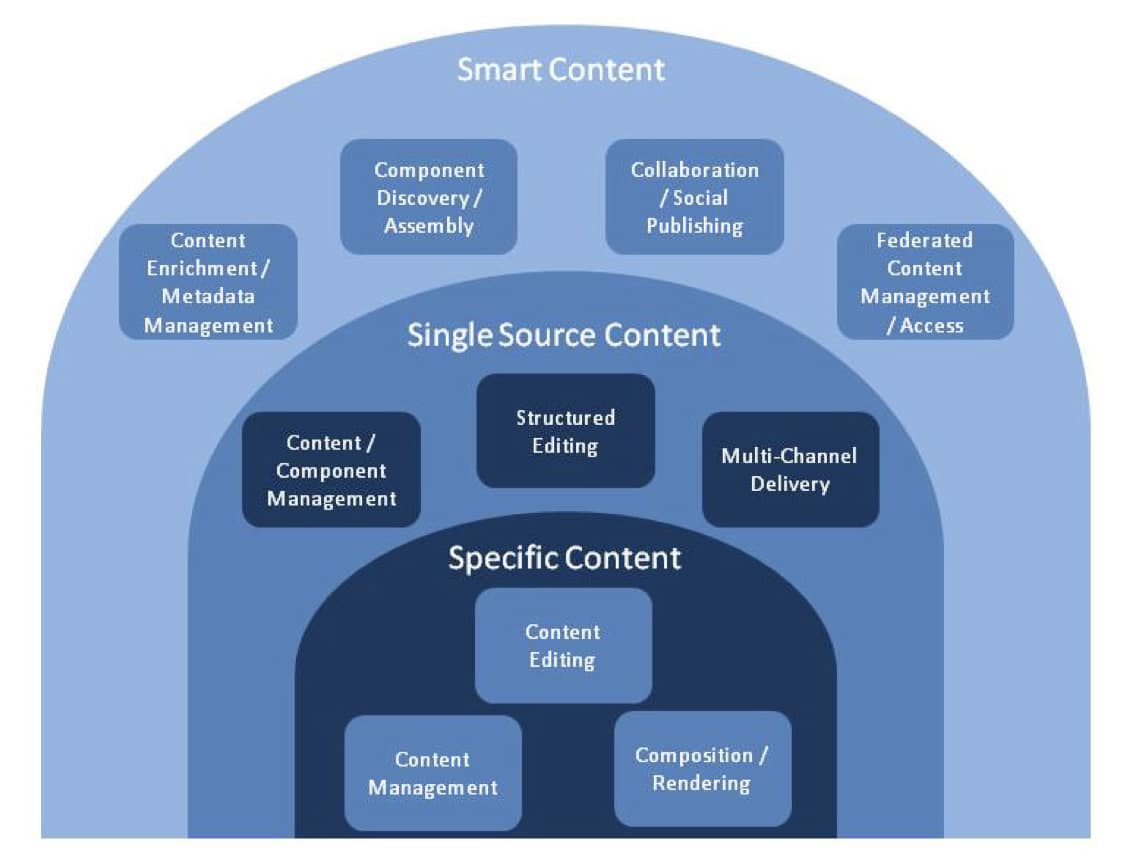This space is not normally used to comment on knowledge management (KM), one of my areas of consulting, but a recent conference gives me an opening to connect the dots between KM and search. Dave Snowden and Tom Stewart always have worthy commentary on KM and as keynote speakers they did not disappoint at KMWorld. It may seem a stretch but by taking a few of their thoughts out of context, I can synthesize a relationship between KM and search.
KMWorld, Enterprise Search Summit, SharePoint Symposium and Taxonomy Boot Camp moved to Washington D.C. for the 2010 Fall Conference earlier this month. I attended to teach a workshop on building a semantic platform, and to participate in a panel discussion to wrap up the conference with two other analysts, Leslie Owen and Tony Byrne with Jane Dysart moderating.
Comments from the first and last keynote speakers of the conference inspired my final panel comments, counseling attendees to lead by thoughtfully leveraging technology only to enhance knowledge. But there were other snippets that prompt me to link search and KM.
Tom Stewart’s talk was entitled, Knowledge Driven Enterprises: Strategies & Future Focus, which he couched in the context of achieving a “coherent” winning organization. He explained that to reach the coherence destination requires understanding of different types of knowledge and how we need to behave for attaining each type (e.g. “knowable complicated “knowledge calls for experts and research; “emergent complex” knowledge calls for leadership and “sense-making.”).
Stewart describes successful organizations as those in which “the opportunities outside line up with the capabilities inside.” He explains that those “companies who do manage to reestablish focus around an aligned set of key capabilities” use their “intellectual capital” to identify their intangible assets,” human capability, structural capital, and customer capital. They build relationship capital from among these capabilities to create a coherent company. Although Stewart does not mention “search,” it is important to note that one means to identify intangible assets is well-executed enterprise search with associated analytical tools.
Dave Snowden also referenced “coherence,” (messy coherence), even as he spoke about how failures tend to be more teachable (memorable) than successes. If you follow Snowden, you know that he founded the Cognitive Edge and has developed a model for applying cognitive learning to help build resilient organizations. He has taught complexity analysis and sense-making for many years and his interest in human learning behaviors is deep.
To follow the entire thread of Snowden’s presentation on the “The Resilient Organization” follow this link. I was particularly impressed with his statement about the talk, “one of the most heart-felt I have given in recent years.” It was one of his best but two particular comments bring me to the connection between KM and search.
Dave talked about technology as “cognitive augmentation,” its only truly useful function. He also puts forth what he calls the “three Golden rules: Use of distributed cognition, wisdom but not foolishness of crowds; finely grained objects, information and organizational; and disintermediation, putting decision makers in direct contact with raw data.”
Taking these fragments of Snowden’s talk, a technique he seems to encourage, I put forth a synthesized view of how knowledge and search technologies need to be married for consequential gain.
We live and work in a highly chaotic information soup, one in which we are fed a steady diet of fragments (links, tweets, analyzed content) from which we are challenged as thinkers to derive coherence. The best knowledge practitioners will leverage this messiness by detecting weak signals and seek out more fragments, coupling them thoughtfully with “raw data” to synthesize new innovations, whether they be practices, inventions or policies. Managing shifting technologies, changing information inputs, and learning from failures (our own, our institution’s and others) contributes to building a resilient organization.
So where does “search” come in? Search is a human operation and begins with the workforce. Going back to Stewart who commented on the need to recognize different kinds of knowledge, I posit that different kinds of knowledge demand different kinds of search. This is precisely what so many “enterprise search” initiatives fail to deliver. Implementers fail to account for all the different kinds of search, search for facts, search for expertise, search for specific artifacts, search for trends, search for missing data, etc.
When Dave Snowden states that “all of your workforce is a human scanner,” this could also imply the need for multiple, co-occurring search initiatives. Just as each workforce member brings a different perspective and capability to sensory information gathering, so too must enterprise search be set up to accommodate all the different kinds of knowledge gathering. And when Snowden notes that “There are limits to semantic technologies: Language is constantly changing so there is a requirement for constant tuning to sustain the same level of good results,” he is reminding us that technology is only good for cognitive augmentation. Technology is not a “plug ‘n play,” install and reap magical cognitive insights. It requires constant tuning to adapt to new kinds of knowledge.
The point is one I have made before; it is the human connection, human scanner and human understanding of all the kinds of knowledge we need in order to bring coherence to an organization. The better we balance these human capabilities, the more resilient we’ll be and the better skilled at figuring out what kinds of search technologies really make sense for today, and tomorrow we had better be ready for another tool for new fragments and new knowledge synthesis.



